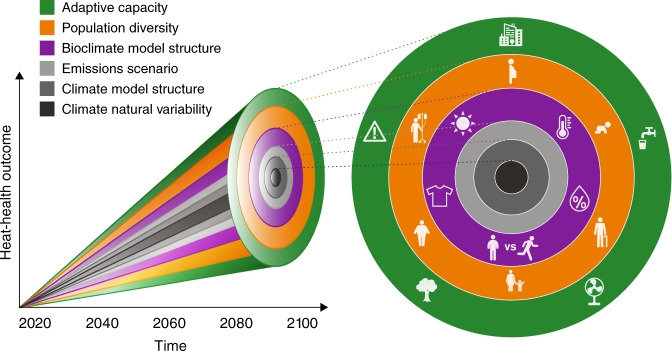Fig. 1. Uncertainties in projections of human health, well-being, and productivity due to extreme heat exposure in a warming climate.
The left side of the figure shows that in addition to uncertainties regularly quantified in projecting environmental variables (climate variability, model structure, and emissions scenario), there are further uncertainties in projecting heat-health outcomes including bioclimate model structure (examples in Table 1), diversity and vulnerabilities in the population, and various adaptations to heat (e.g., warning systems, behavior, urban planning). This plot is intended to be illustrative rather than quantitative—the respective magnitude of these additional sources of uncertainty remains unknown. The right side provides graphics of these sources of uncertainty in projecting human heat-health outcomes, with the concentric circle colors corresponding with the colors of uncertainty cones in the left side. These graphics represent inputs to bioclimate models, including solar radiation, temperature, humidity, clothing, and activity; considerations for population diversity, such as pregnancy, age, weight, and pre-existing illness; and various forms of adaptive capacity, such as building design, hydration, fans or air conditioning, green infrastructure, and the implementation of heat warnings systems.

